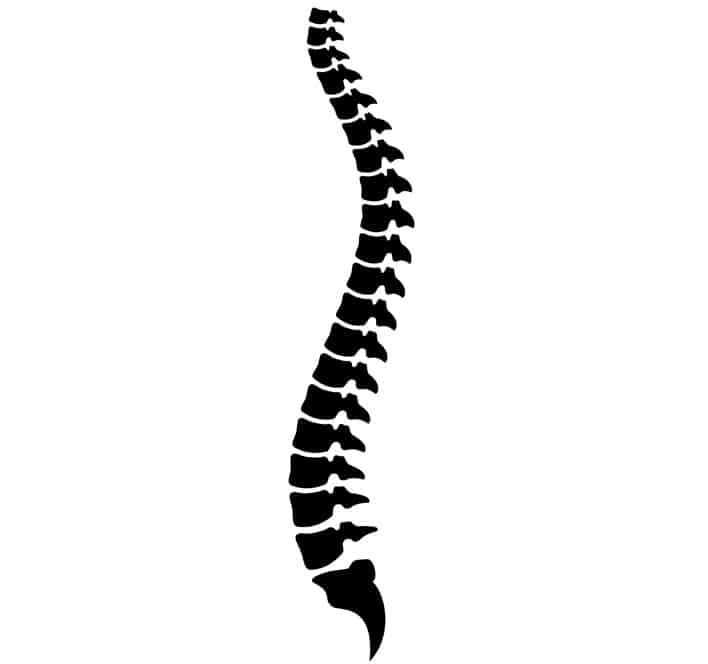Your spine is easily one of the most important parts of the human body. It protects your spinal cord, which connects your brain to the rest of the nervous system and controls all your movements and body functions. Additionally, the spine provides support for standing, walking, bending, and other movements.
If you’re experiencing pain along your spine, it’s likely impacting your entire body and your quality of life. You don’t have to live with chronic pain. A wide variety of treatment options exist for those suffering from back and neck pain. Get in touch with our surgeons and Concierge Team at NJ Spine & Orthopedic to get the trusted care and treatment you need.
How Is the Spine Structured?
The spinal column is composed of 24 small bones, called vertebrae. Soft discs, called intervertebral discs, are located between each vertebra to absorb pressure and prevent the vertebrae from rubbing against each other. Groups of ligaments connect the bones, and tendons connect the muscles to the vertebrae. The spinal column also has joints, as you find in your knee or elbow. These facet joints provide the mechanism for the vertebrae to move. A watertight sack, called a joint capsule, surrounds each facet joint and holds it together.
Each vertebra has a hole in the center, creating a hollow space for the spinal cord. If you look at a human spine from the side, it makes an S-curve. The special shape absorbs stress and pressure, allowing mobility and even weight distribution.
The Three Segments of the Spine
Doctors and scientists separate the spine into three main segments: the cervical, thoracic, and lumbar spine.
Cervical Spine
The cervical spine includes the seven upper vertebrae that make up the neck. It’s shaped like a backward C and is different from the other segments of the spine, as it’s far more mobile. In fact, two vertebrae in the neck specifically allow people to rotate their necks and look to the side. The cervical vertebrae also have special openings for arteries that carry blood from the heart to the brain.
Although the cervical spine is more mobile, it also is vulnerable to injury from forceful movements because of limited muscle support. Additionally, the cervical spine must support the weight of the head.
Thoracic Spine
The middle segment of the spine is the thoracic spine, which is made up of 12 vertebrae. It has a C-shape with the opening facing the front of the body. The thoracic spine connects to the ribs and forms part of the rib cage area.
The intervertebral discs in the thoracic spine are narrow and thin, allowing little movement. It also has a smaller spinal canal for the spinal cord and nerve roots. Although people can suffer severe injuries or degeneration in their thoracic spine, it’s less likely than in the other areas of the spine.
Lumbar Spine
The spinal column’s lowest segment is the lumbar spine. In most cases, the lumbar spine has five vertebrae. But, some people are born with an extra vertebra. The very bottom of the lumbar spine, the sacrum, is a fusion of several bones. Sometimes one of the bones forms a sixth vertebra.
Like the cervical spine, the lumbar spine also has a backward C shape. The vertebrae in the lumbar spine are the largest in the spinal column, so they also have a larger space for the spinal cord and nerves. Most of the weight of the body falls on the lumbar spine because it is connected to the pelvis. This makes the lumbar vulnerable to injury because of too much pressure from lifting or carrying something heavy.
Contact the Experienced Specialists at NJ Spine & Orthopedic Today
Spinal pain and conditions that ultimately lead to pain can make life unbearable. Your spine is a complex part of your body and doctors have many options to help treat people who suffer from back or neck pain. The experienced spine specialists at NJ Spine & Orthopedic offer several types of treatments to help patients reduce or eliminate pain along their spine.
We work with many different insurance providers and our experienced surgeons have taught surgical techniques to others throughout the nation. Contact us online or call us at (866) 553-0612 to learn more about potential solutions to deal with your chronic back or neck pain.

